I am saving a list to a csv using the writerow function from csv module. Something went wrong when I opened the final file in MS office Excel. Before I encounter this issue, the main problem I was trying to deal with is getting the list saved to each row. It was saving each line into a cell in row1. I made some small changes, now this happened. I am certainly very confused as a novice python guy.
import csv
inputfile = open('small.csv', 'r')
header_list = []
header = inputfile.readline()
header_list.append(header)
input_lines = []
for line in inputfile:
input_lines.append(line)
inputfile.close()
AA_list = []
for i in range(0,len(input_lines)):
if (input_lines[i].split(',')[4]) == 'AA':#column4 has different names including 'AA'
AA_list.append(input_lines[i])
full_list = header_list+AA_list
resultFile = open("AA2013.csv",'w+')
wr = csv.writer(resultFile, delimiter = ',')
wr.writerow(full_list)
Thanks!

UPDATE: The full_list look like this: ['1,2,3,"MEM",...]
UPDATE2(APR.22nd): Now I got three cells of data(the header in A1 and the rest in A2 and A3 respectively) in the same row. Apparently, the newline signs are not working for three items in one big list. I think the more specific question now is how do I save a list of records with '\n' behind each record to csv.
UPDATE3(APR.23rd):
original file

